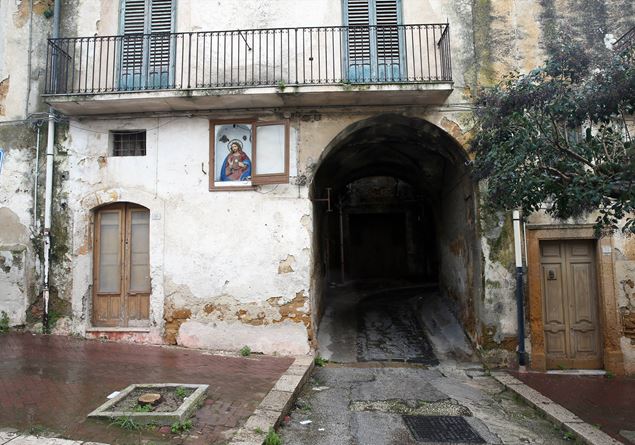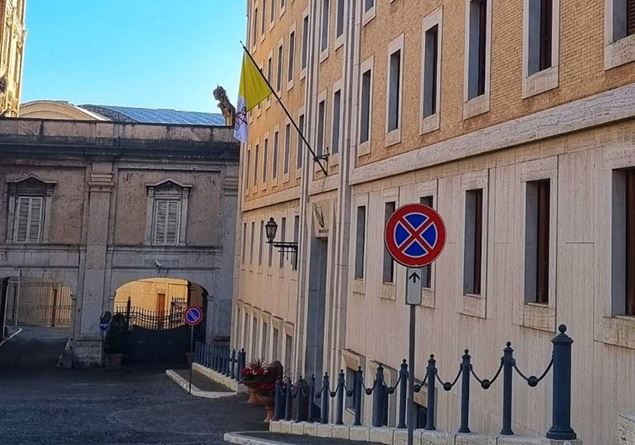Desert villages, schools that close, activities in difficulty. The depopulation in Italy is transforming entire regions into ghost places. While large cities grow, the internal areas empty, risking to lose an important cultural and social legacy. “Italy is facing a significant decrease in the population, with a drop of 180 thousand people in the last year, due to denatality and increase in deaths” he says The demographer Alessandro Rosinaanalyzing Istat data. “The internal areas, which cover 60% of the territory but only host 22% of the population, recorded a 5% decrease from 2014 to 2024. The peripheral municipalities have undergone around 7%”. The phenomenon mainly affects the South: “From 2002 to 2021, over 2.5 million people have left the area, with a net loss of 1.1 million residents”.
In Italy, depopulation and aging accentuating denatality. “Italy has been under 1.5 children for women since 1984, creating a negative spiral: less young today means less parents tomorrow and even less children in the future. This weakens the active population and makes it difficult to support the welfare system». Immigration, which for years has compensated for the natural drop, “since 2014 can no longer balance the negative balance”. The result is an increase in the elderly population and a strong drop in the young man, with even more marked effects in the south and in the internal areas.
Is there a way out? «Yes, and the road passes through people. If there are no more future generations, what development are we talking about? », Says Luciano Malfer, a Bruno Kessler founder and territorial policy expert. «The 3P model – People (people), Planet (planet), profit (profits) – has led the strategies for years, but the P of People has been neglected. We have invested in the Planet with the Green Deal and in the logic of profit, but without people there are no services, innovation, maintenance of the territory. The risk is the collapse of entire local ecosystems». To reverse the trend, especially in mountain areas, where you touch on how much depopulation is at the same time a social, economic and environmental problem, quality services, accessibility, job opportunities and innovative housing models such as coliving and coworking are needed. Malfer then proposes the People Strategy “based on generative welfare, enhancement of territorial capital, attractiveness for families and young people, widespread services and flexible work models. Digitization and green transition can help us, but only if we put people in the center ».
Faced with the great transitions of our time such as the environmental, digital and demographic People, people with their stories and skills must be the fulcrum of territorial policies. «If we do not contrast the demographic decline, who will benefit from new technologies? The real challenge is to make the internal areas starting from mountains, places where to live is a possible choice, not a sacrifice ».
Malfer’s message to the administrators is clear: “The future does not expect, it is built. And without people, there is no future».










